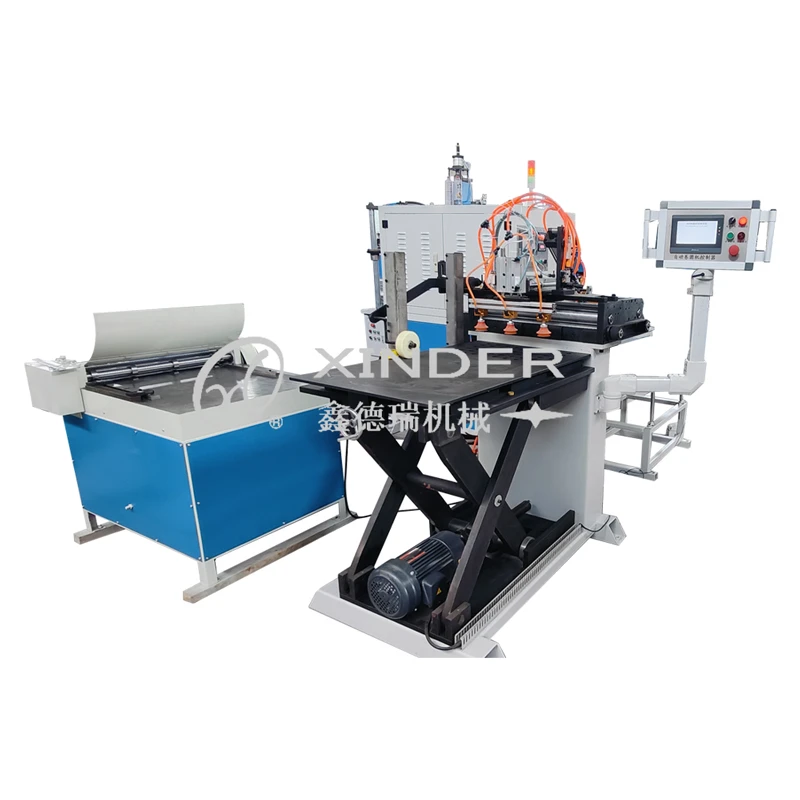-
 8613931787312
8613931787312 -
 Botou Industrial Zone on the east side of National Highway 104, Botou City, Hebei Province
Botou Industrial Zone on the east side of National Highway 104, Botou City, Hebei Province
- Afrikaans
- Albanian
- Amharic
- Arabic
- Armenian
- Azerbaijani
- Basque
- Belarusian
- Bengali
- Bosnian
- Bulgarian
- Catalan
- Cebuano
- Corsican
- Croatian
- Czech
- Danish
- Dutch
- English
- Esperanto
- Estonian
- Finnish
- French
- Frisian
- Galician
- Georgian
- German
- Greek
- Gujarati
- haitian_creole
- hausa
- hawaiian
- Hebrew
- Hindi
- Miao
- Hungarian
- Icelandic
- igbo
- Indonesian
- irish
- Italian
- Japanese
- Javanese
- Kannada
- kazakh
- Khmer
- Rwandese
- Korean
- Kurdish
- Kyrgyz
- Lao
- Latin
- Latvian
- Lithuanian
- Luxembourgish
- Macedonian
- Malgashi
- Malay
- Malayalam
- Maltese
- Maori
- Marathi
- Mongolian
- Myanmar
- Nepali
- Norwegian
- Norwegian
- Occitan
- Pashto
- Persian
- Polish
- Portuguese
- Punjabi
- Romanian
- Russian
- Samoan
- scottish-gaelic
- Serbian
- Sesotho
- Shona
- Sindhi
- Sinhala
- Slovak
- Slovenian
- Somali
- Spanish
- Sundanese
- Swahili
- Swedish
- Tagalog
- Tajik
- Tamil
- Tatar
- Telugu
- Thai
- Turkish
- Turkmen
- Ukrainian
- Urdu
- Uighur
- Uzbek
- Vietnamese
- Welsh
- Bantu
- Yiddish
- Yoruba
- Zulu
Manual Pipe Cutting Machine Operation and Maintenance Guide for Efficient Performance
Manual Pipe Cutting Machines An Overview
Manual pipe cutting machines are essential tools widely used in various industries, including construction, manufacturing, and plumbing. These machines provide precision and efficiency in cutting metal pipes to specified dimensions, making them invaluable for tasks that require high accuracy and quality. In this article, we will explore the features, benefits, and considerations when using manual pipe cutting machines.
Features of Manual Pipe Cutting Machines
Manual pipe cutting machines come with various features that aid in precision cutting. Primarily, they are designed to accommodate a range of pipe sizes and materials, such as steel, aluminum, and stainless steel. Most machines are equipped with adjustable cutting jaws, allowing the operator to set the appropriate diameter for the pipe being cut.
Another significant feature is the cutting mechanism. Manual pipe cutters often utilize a rotary cutting tool that can be adjusted for depth and angle, ensuring a clean and straight cut. Some advanced models even include a built-in measuring guide, which helps in achieving accurate measurements before the cutting process begins. Additionally, portability is a key advantage; many manual pipe cutting machines are lightweight and compact, making them suitable for job sites where space may be limited.
Benefits of Using Manual Pipe Cutting Machines
One of the main advantages of manual pipe cutting machines is their cost-effectiveness. Compared to automatic cutting machines, manual versions are generally less expensive and require less maintenance. This makes them a preferred choice for small businesses or projects with tighter budgets.
Moreover, manual pipe cutters offer greater control to the operator. Skilled workers can adjust their cutting techniques based on the specific requirements of the job, enabling them to handle a variety of materials and thicknesses effectively. The hands-on approach also fosters a deeper understanding of the materials being used, which can enhance the overall quality of the finished product.
manual pipe cutting machine

Another benefit is the reliability of manual pipe cutting machines. In environments where electricity supply may be inconsistent, or where redundancy is crucial, manual machines provide a simple yet effective solution. They can be used almost anywhere, ensuring that work can continue without interruption caused by power outages or machinery breakdowns.
Considerations When Using Manual Pipe Cutting Machines
While manual pipe cutting machines offer several advantages, there are also some considerations to keep in mind. First, the inherent manual nature of these tools means that they require more physical effort and skill from the operator. This can lead to fatigue, especially during prolonged use, potentially impacting cutting accuracy and safety.
Safety should always be a primary concern. Operators must be trained in the correct use of the machine and wear appropriate personal protective equipment (PPE) such as gloves and safety glasses to prevent accidents. Additionally, understanding the specific characteristics of the material being cut is crucial to avoid mishaps.
It is also essential to maintain the manual pipe cutting machine properly to ensure its longevity. Regular maintenance routines, such as cleaning cutting blades and checking for wear and tear, can help maintain cutting performance and prevent accidents.
Conclusion
Manual pipe cutting machines continue to play a significant role in various industries due to their efficiency, affordability, and versatility. By allowing operators to achieve precision cuts on a range of pipe materials, these machines enhance productivity and quality in manufacturing and construction processes. As long as users prioritize safety and maintenance, the manual pipe cutting machine can be a reliable asset for any project that involves pipework. Whether you are a DIY enthusiast or a professional contractor, understanding the value of these machines empowers you to make informed decisions that enhance your work's quality and efficiency.
-
The Role of Steel Pipe Manufacturing Machines in Modern IndustriesNewsApr.18,2025
-
The Role of Hydraulic Seal Making Machines in Modern ManufacturingNewsApr.18,2025
-
The Importance of Pipe Cutting Machines in Modern ManufacturingNewsApr.18,2025
-
The Future of Barrel Production: Exploring Barrel Making MachinesNewsApr.18,2025
-
The Essential Guide to Hydraulic Bending Machines for Various ApplicationsNewsApr.18,2025
-
Choosing the Right Resistance Welder for Your Business NeedsNewsApr.18,2025
-
Understanding the Barrel Production Line: Key Machines and CostsNewsApr.17,2025
-
 Fully Automatic Kaiping Production LineOct . 17, 2024
Fully Automatic Kaiping Production LineOct . 17, 2024 -
 Fully Automatic Metal Bucket Lifting HeadphonesSep . 14, 2024
Fully Automatic Metal Bucket Lifting HeadphonesSep . 14, 2024 -
 Automatic Rolling MachineSep . 14, 2024
Automatic Rolling MachineSep . 14, 2024

